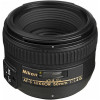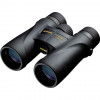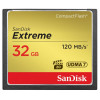Photography beginners’ guide: What exactly is aperture?
Back to Blog |So you’re just getting into photography and all the fancy jargon you can handle is being thrown at you a little too quickly, breathe! The Cameraland team are here to help.
Aperture along with ISO and shutter speed form the three pillars on which photography is build. Aperture is often spoken about with vigour and the utmost importance amongst photographers because of its ability to bring dimension into a picture.
By definition
Aperture is a tiny hole within the lens through which light can travel into the camera body. The aperture can be adjusted on certain cameras to a minimum and maximum, which impacts the size of the hole and in turn the amount of light that is allowed in. For those of you who are still lost, big hole equals lighter, little hole equals less light, that’s all you need to know.
How aperture is measured
The unit of measurement for Aperture is called “F-stops”. These F numbers you may see under camera specifications on our sites product pages refer to the size of the aperture and how open or closed the aperture is.
Here it becomes a little tricky, the larger the sf-stop number, the smaller the aperture, and the smaller the aperture f-number the larger the aperture.
Aperture measurement scale
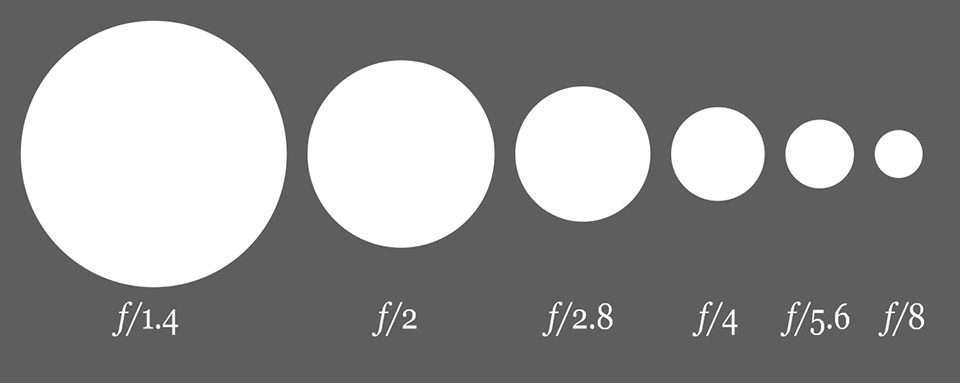
What is minimum and maximum aperture?
The typical lens has an aperture range with a minimum and maximum limit. If you have a look at your lens you will notice a minimum (highest f-stop number) and a maximum (lowest f-stop number).
The maximum aperture, or lower f-stop number is the most important as it refers to the speed of the lens. A lens with an aperture of f/1.2 would be considered a past lens as it is able to pass through more light and its better suited for low light photography.
Aperture range stated on the lens
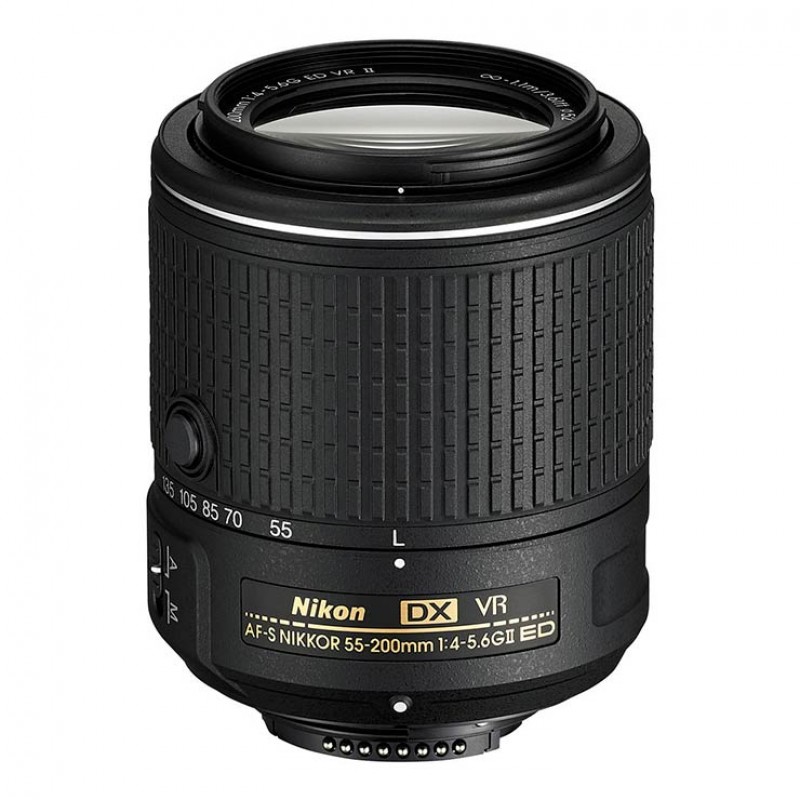
Practise your control over aperture
Some photography styles such as landscape photography are more suited to using minimum aperture settings as this ensures the foreground to the horizon stays relatively in focus.
While portrait photography you would use a larger aperture as it comes in handy to have your subject perfectly in focus while blurring the background so the focal point is on your subject.
If you have any further questions contact us on Facebook or Twitter, we love to hear from you all and are happy to help with your camera queries.

